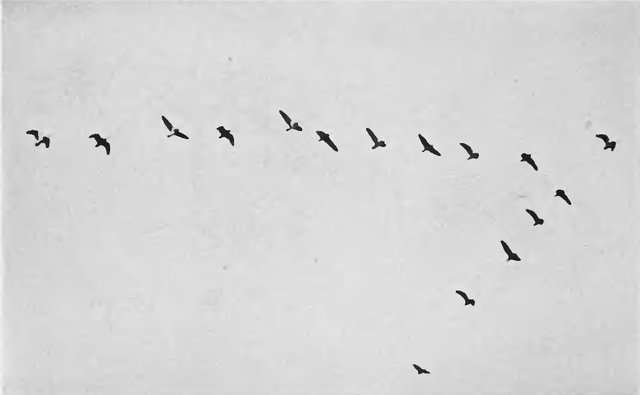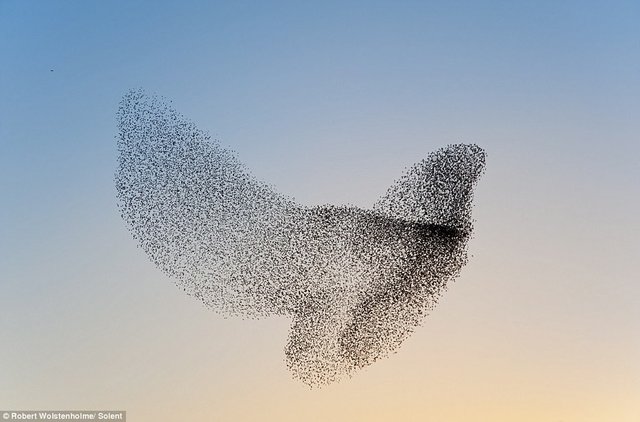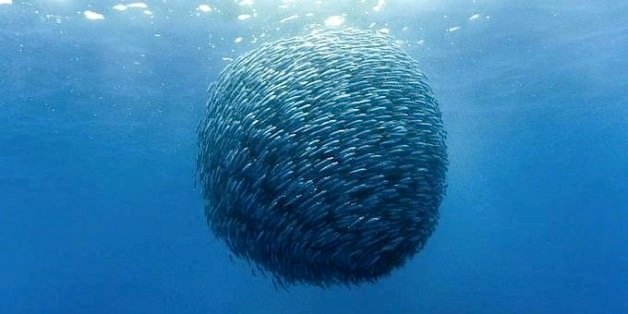Flocking Hell

Witnessing a flock of birds flying together in time can be a pretty spectacular sight. Each individual seamlessly changing its place in the formation, without disrupting the cohesiveness of the collective.
Observing a small flock perform its arial acrobatics can be pretty incredible. Witnessing a 1.5 billon strong flock of red billed quelea flying in formation seems incomphrendable, (this spectacle takes just over 5 hours to fly overhead).
So how do birds manage to fly in such fascinating formations without a leader, without a flight plan without any shared information being communicated across the network, all the while moving in unity, avoiding obstacles, and heading together in one direction.

The answer was discovered in the 80’s with the aid of computer simulations, the secret lies in 3 or 4 simple rules that each individual follows with reference only to its local (direct) neighbours, “Boids” 3(or 4) laws.
In order of importance “Boids” laws are.
Collision avoidance – avoid collision with nearby flock mates
Velocity matching – attempt to match velocity with nearby flock mates
Flock centering – attempt to stay in the centre of nearby flock mates.
And a 4th that has since been suggested
avoidance – move out of the way of predators / obstacles.

This simulation shows how realistic flocking behaviour (minus the aerodynamics and physics of flight) can emerge from “Boids” rules. How these complex behaviour can emerge without any leader or information sharing, by multiple individuals each separately following a few simple rules.
But why do birds flock?
The answer is no ones for sure yet, but flocking likely has multiple advantages over solo flight, with predators perceiving the flock as a single large organism or inhibiting the targeting of individuals.
This kind of emergent synchronous group behaviour isn’t just seen in the skies though, it can be seen all around us, birds flock, fish school and mammals herd.

And “Boids” laws does a pretty good job of explaining all of this behaviour.
At least we have more individual control of our own movements,
I mean complex crowd behaviour cant be realistically modelled using simple rules,
right?
Good post, you start the way here,
You must add the source of the images
Congratulations @dr-and-dr! You received a personal award!
Click here to view your Board of Honor
Congratulations @dr-and-dr! You received a personal award!
You can view your badges on your Steem Board and compare to others on the Steem Ranking
Vote for @Steemitboard as a witness to get one more award and increased upvotes!